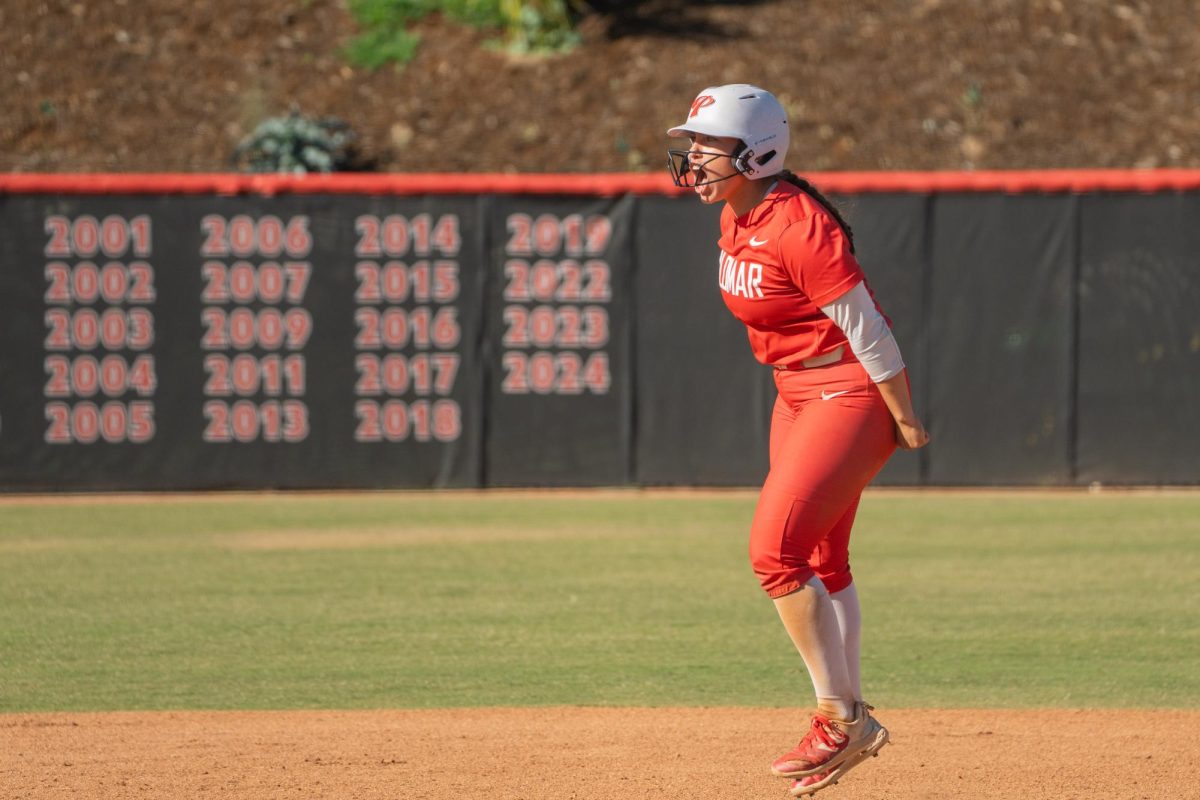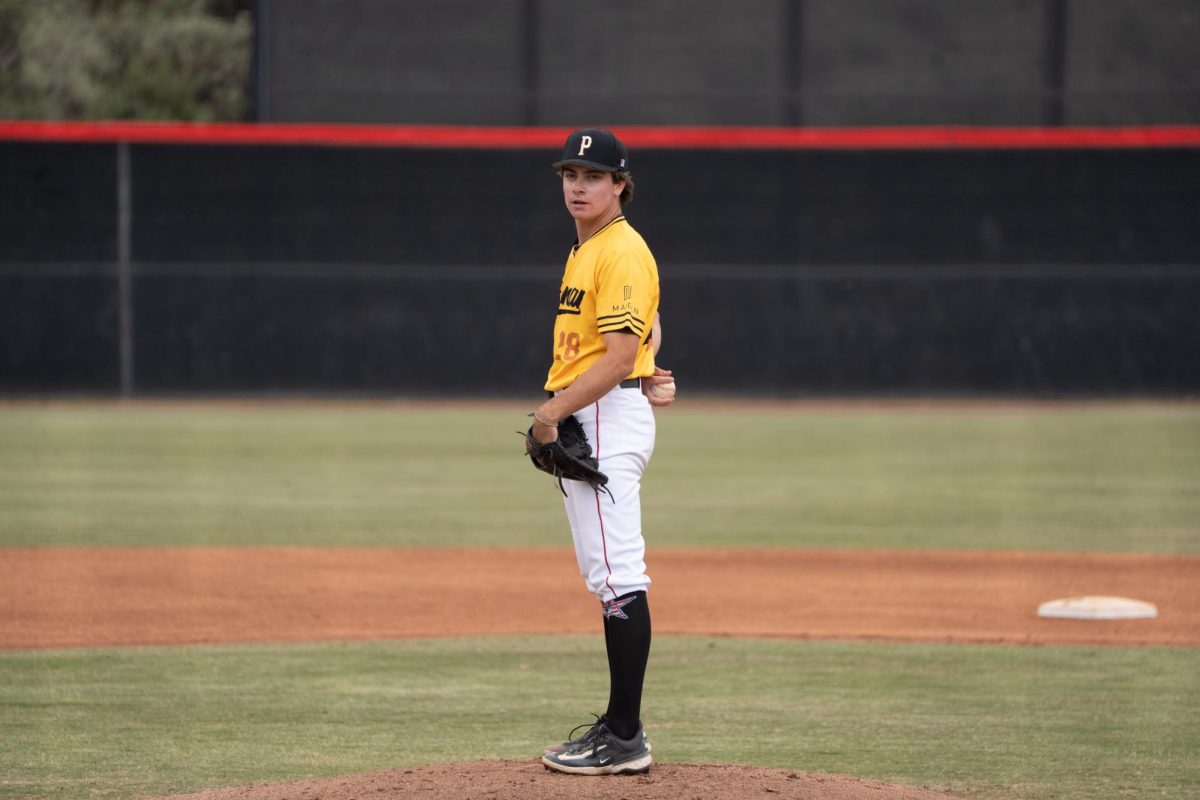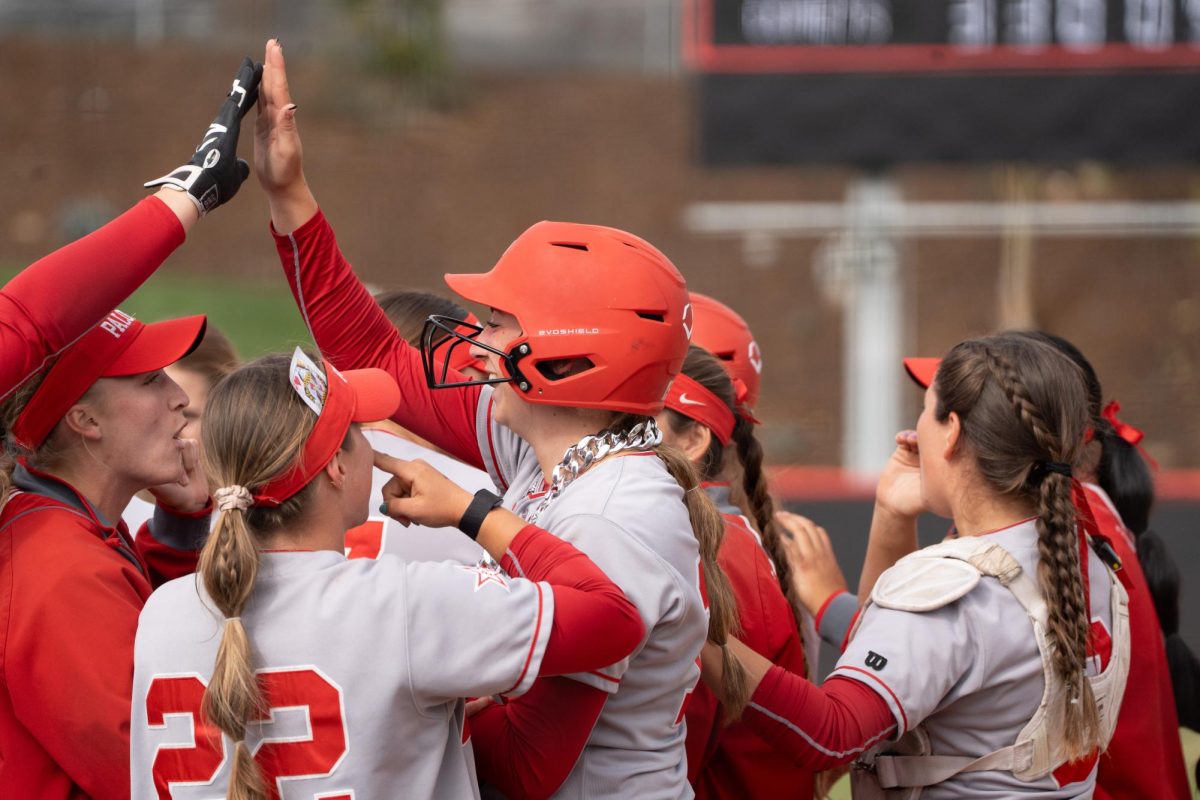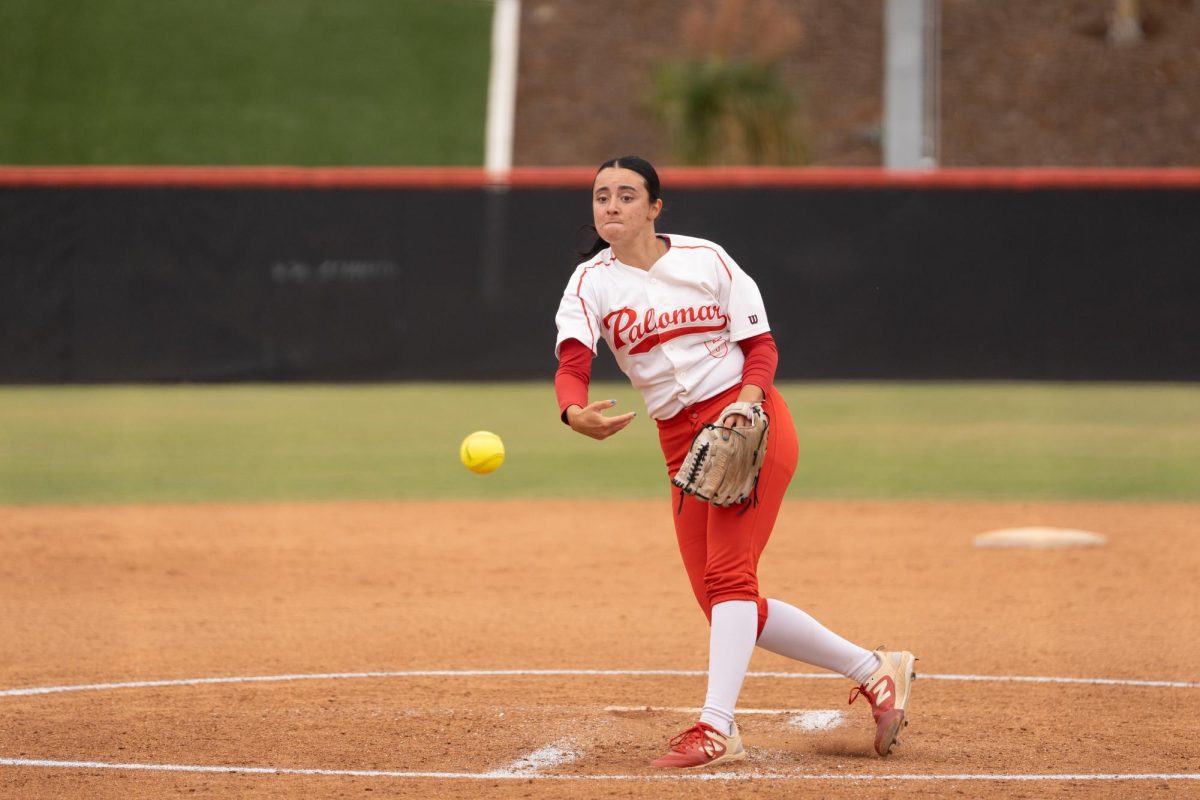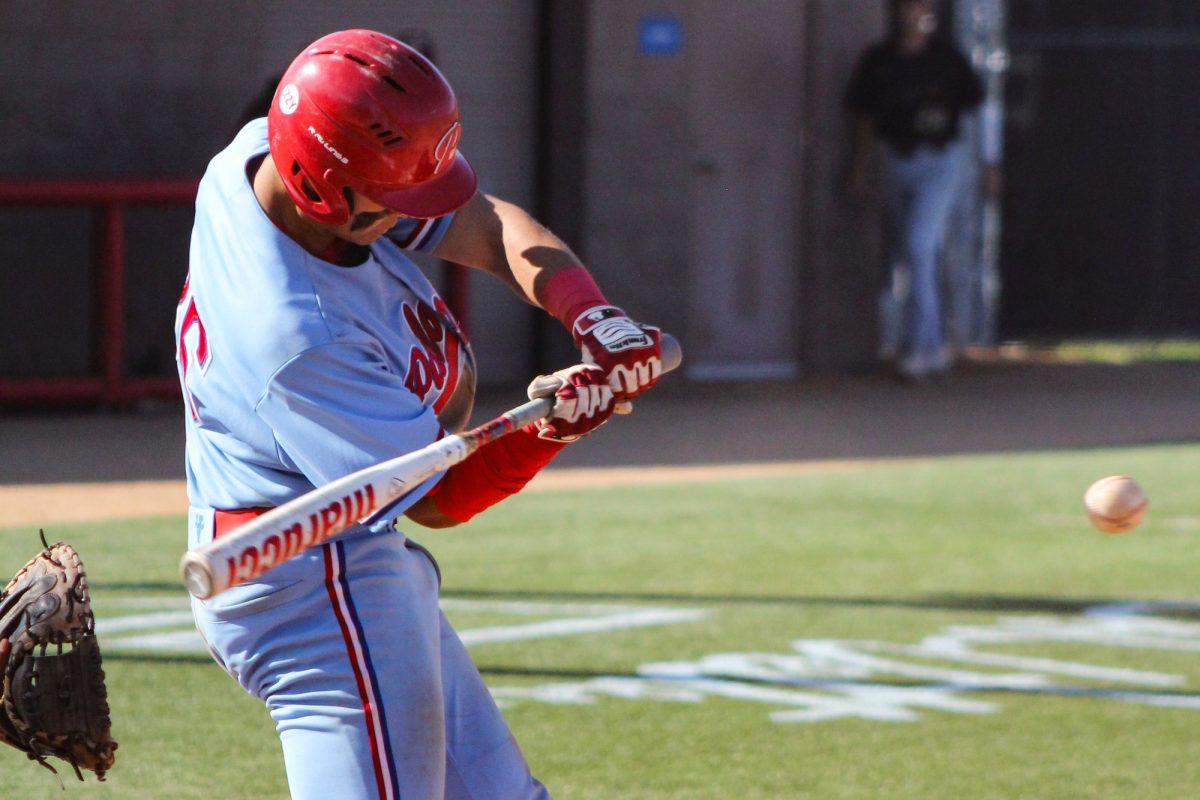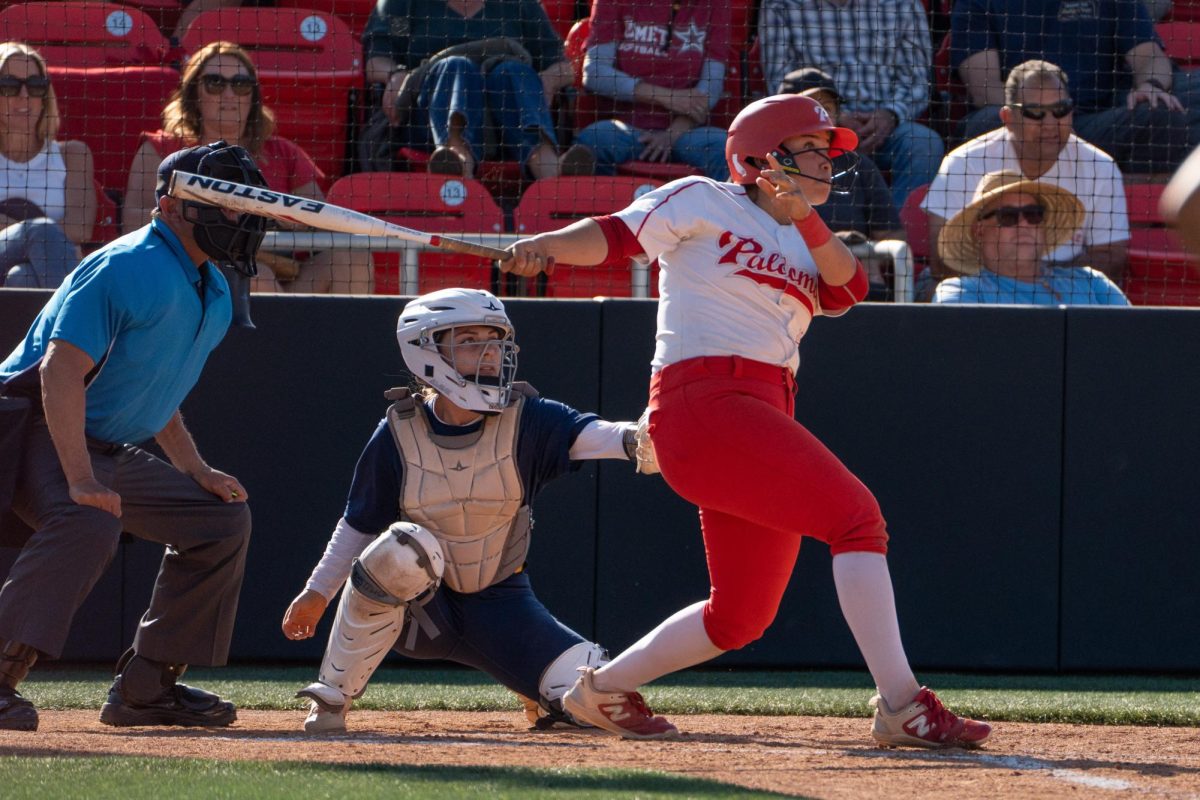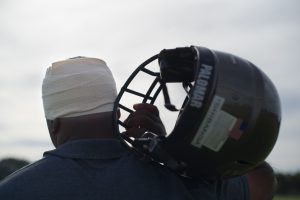
It’s Sunday, you’re watching your NFL team play when, suddenly, a player’s down on the field and soon thereafter being evaluated by the training staff.
Sometimes it’s nothing too bad. Other times it’s something more serious that might require the player to be ruled out for the rest of the game. A concussion, be it just suspected or officially diagnosed, falls under the latter.
Concussions are under the spotlight more now than ever before.
Palomar College head athletic trainer, Felicia Heise believes that the NFL is handling concussions a lot better now than 30 years ago.
“Definitely [handling this issue better], they’re doing a lot of precautionary things, they’re hiring other athletic trainers who are certified and have a little bit more background in concussions and are more certified in diagnosing [them],” Heise said.
Per NFL rules, a player who is thought to have a concussion must be removed from the field of play and undergo a full assessment in the locker room. Determining whether or not a player may have a concussion includes looking for observable symptoms or player reported symptoms like:
- nausea
- dizziness
- headache
- disorientation
- any loss of consciousness
- motorcoordination/balance problems
If the player passes the exam they are allowed to return to the game but will be monitored for symptoms for the remaining duration. However, should they be diagnosed with a concussion, there is no same-day return to play.
Determining how much time the player will miss with a concussion depends solely on them because everybody’s body is different.
The player must go through the “Return-to-Participation Protocol,” a five-step process listed as follows:
- Rest and recovery
- Light aerobic exercise
- Continued aerobic exercise and introduction of strength training
- Football specific activities
- Full football activity/clearance (Via Adam Stites, SB Nation)
Player safety is a top priority in the league, but this isn’t how the NFL used to treat concussions decades ago. It wasn’t until 1994 when the NFL acknowledged the dangers connected to concussions and subsequently formed the Mild Traumatic Brain Injury Committee.
“I know people who have effects from a long career in the NFL, so it is a problem that’s why they’re changing the rules of how they use their head and when they strike people. I think it’s good what they’re doing but it’s unfortunate that before that it was not dealt with,” Comets offensive line coach, Steve White said.
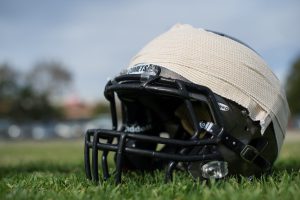
It was only seven years ago when the NFL conceded that concussions could, in fact, have long-term effects.
In 2011, several former players filed lawsuits against the NFL citing that the “league engaged in denial and deception on the subject of head trauma” meaning that they failed to let players know the link between concussions and brain injuries.
The most significant of these brain injuries is Chronic Traumatic Encephalopathy or CTE. It is a progressive, degenerative disease that results from repeated hits to the head. Former players like Ken Stabler and Junior Seau were found to have had CTE after their brains were examined posthumously.
Still, concussions are apart of the game and they won’t stop players like Evan Wallace, running back for the Comets, from pursuing a pro career.
“Yeah I’d like to [go pro], I’m a running back so people may hit me head to head but I do the best I can to avoid it and it’s a rule now that you can’t hit head to head but it happens and you just try your best to avoid it and not do it,” Wallace said.

